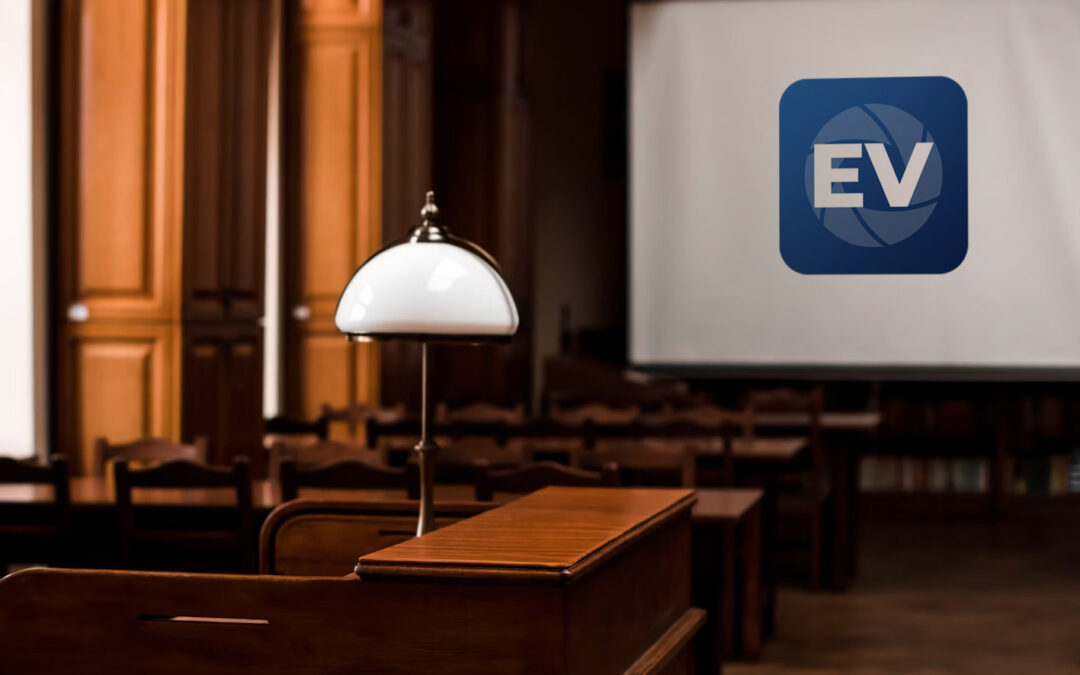Technology-driven trial presentations improve courtroom communication.
Just How Test Presentations Enhance Your Disagreement and Convince Jurors
Trial presentations work as an essential device for enhancing lawful arguments and encouraging jurors. By integrating visual help, narrative frameworks, and psychological involvement, attorneys can create a compelling instance that reverberates on multiple levels. The strategic use visuals not just clears up complicated information yet also captures jurors' interest much more effectively than words alone. Nonetheless, the art of narration plays a similarly vital role in transforming valid evidence right into a compelling story, forming jurors' assumptions - trial presentations. Recognizing these components can dramatically influence test end results, elevating the concern of exactly how each component contributes to this intricate dynamic.

Relevance of Visual Help
Aesthetic aids play a crucial duty in enhancing the efficiency of trial discussions, as they can significantly enhance audience engagement and retention of information. In the context of a test, where jurors are tasked with handling complicated details, aesthetic help offer to simplify and make clear bottom lines. Graphes, charts, and images can convey data and concepts that might or else bewilder or confuse jurors, permitting a much more straightforward understanding of the proof presented.
Furthermore, visual aids aid in keeping juror focus throughout the process. By damaging the monotony of verbal statement, these devices can stress essential disagreements, making them a lot more memorable. Efficient aesthetic aids can likewise evoke psychological actions, which can be pivotal in convincing jurors to align with the speaker's story.

Crafting Compelling Narratives
An engaging narrative is crucial in trial discussions, as it works as the backbone of efficient persuasion. It allows attorneys to weave with each other facts, evidence, and psychological components right into a systematic story that resonates with jurors. This narrative structure enables jurors to comprehend the intricacies of the case while leading them through the attorney's disagreement.
To craft a compelling narrative, lawyers should focus on clearness and coherence. This includes developing a clear protagonist-- frequently the customer-- and describing their trip via the occasions in concern. Offering the facts in a sensible series boosts understanding and maintains engagement. Furthermore, the usage of brilliant descriptions can create mental pictures that assist jurors envision the events, making the story more unforgettable.
Moreover, incorporating crucial motifs throughout the discussion strengthens the core message and help in retention - trial presentations. The narrative must not just communicate details however likewise evoke a feeling of justice, highlighting the stakes entailed. Inevitably, a sound story fosters a link between the jurors and the instance, placing the lawyer's disagreement as both reputable and engaging, thus raising the chance of a desirable decision

Engaging the Court Psychologically
Efficient jury engagement depends upon the attorney's capability to get in touch with jurors on a psychological level. This connection can dramatically impact jurors' understandings and their utmost decision-making. Utilizing psychological allures permits attorneys to humanize the case, transforming abstract lawful concepts into relatable from this source experiences. By providing real-life stories or endorsements, lawyers can evoke empathy and concern, fostering a much deeper understanding of the issues at stake.
Visual help, such as pictures or videos, can better enhance emotional engagement, supplying jurors with vibrant depictions of the situation's human components. Crafting a story that highlights the struggles and accomplishments of the people included makes certain that jurors see beyond the lawful disagreements and identify the human repercussions of their decisions.
Additionally, tone and body language play an important role in sharing feeling. A lawyer's passionate distribution can resonate with jurors, reinforcing their emotional financial investment in the event. It's necessary to balance psychological appeals with accurate evidence, making sure that jurors really feel forced to act while remaining grounded in the truth. Eventually, an emotionally involved jury is more likely to be persuaded, making emotional connection an important component of reliable test presentations.
Structuring Your Discussion

The body of the presentation should be rationally fractional into bottom lines, each sustained by compelling proof. It is valuable to use narration techniques to weave truths right into a narrative that jurors can easily adhere to. Visual aids, such as graphes and videos, can improve comprehension and engagement, helping to highlight vital items of proof.
Real-World Study
Analyzing real-world study supplies vital insights into the art of trial discussions and persuasion. The spots instance of "O.J. Simpson v. The Individuals of this link California" shows exactly how aesthetic aids and compelling narratives can persuade jury assumptions. The defense team successfully employed a strategy that incorporated hop over to here top-level professional testimonies with multimedia discussions, which mesmerized jurors and inevitably influenced their decision.
An additional remarkable example is the "McDonald's Coffee Situation," where the plaintiff's attorneys used visuals photos of the injuries endured by Stella Liebeck. trial presentations. This raw visual evidence played an important function in conveying the intensity of her burns, bring about a significant court honor. Such instances show that impactful trial discussions usually rest on the efficient assimilation of visuals and storytelling to stimulate emotional actions from jurors
Moreover, the "Casey Anthony Test" highlighted the value of narrative comprehensibility and integrity. The prosecution's failure to develop an engaging timeline lessened their convincing power, highlighting the necessity of a well-structured presentation. Evaluating these cases exposes that effective test presentations call for tactical preparation, emotional engagement, and the capacity to reverberate with jurors' values and beliefs.
Final Thought
Test presentations significantly boost debates and persuade jurors with the calculated usage of aesthetic aids, compelling stories, and emotional interaction. A well-structured discussion equilibriums psychological charms with factual evidence, ultimately reverberating with jurors' worths.